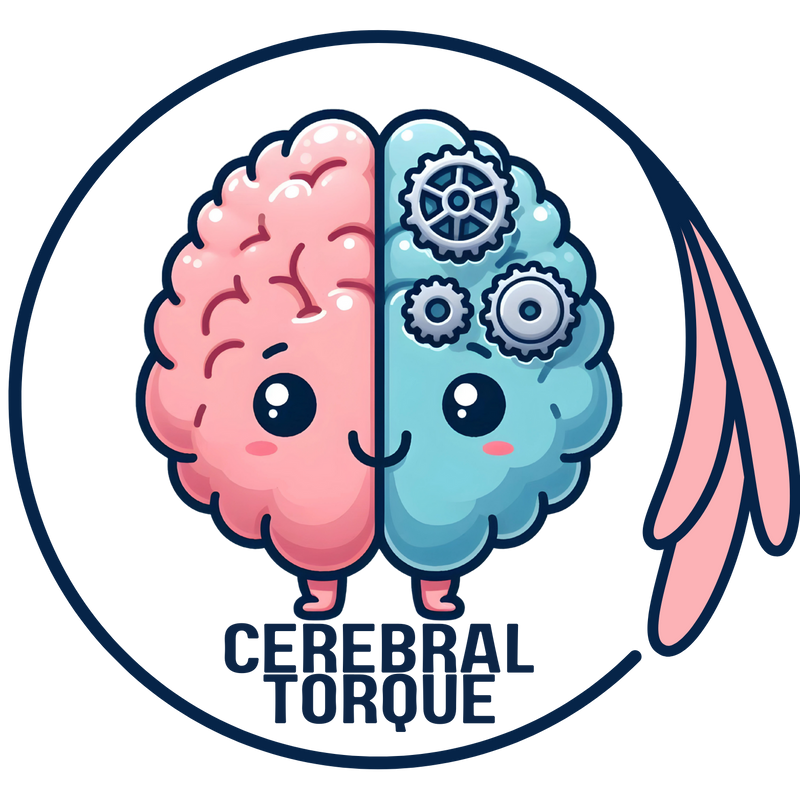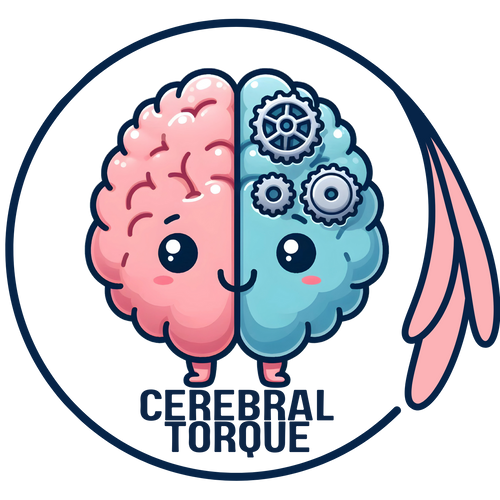Occipital Neuralgia Reference Sheet
Posted on October 12 2022,

This post is for educational purposes only and may contain errors. Please talk to your neurologist.
Let’s first try to understand the meaning of the words. “Occipital” is in reference to the area of the head that experiences the pain (we will get more into this in a bit)- the occipital region or the posterior scalp and upper neck. “Neuralgia” is in reference to the neuropathic pain experienced in said area.
The affected areas of the skin are those mainly supplied by the greater, lesser, or third occipital nerve. The greater occipital nerve corresponds to the medial branch of the C2 dorsal ramus, the lesser occipital nerve correspods to the C2 ventral ramus, and the third occipital nerve arises from the medial branch of the C3 dorsal ramus.
The branches of the cervical spinal nerves that innervate the cutaneous regions of the back of the scalp and upper neck (medial branches of the dorsal rami of cervical nerve roots C2, C3, C4, and sometimes C5)..
Check the picture below to make more sense of it. I highlighted the branches I’m referring to. (Note that “posterior rami” is just another name for dorsal rami).

Pain description:
- Occipital neuralgia pain is generally a stabbing, electric, or shooting quality of a paroxysmal nature.
- The pain can come on suddenly and spontaneously but can also start due to sensation to the area (combing/brushing hair, collar/turtleneck, etc.) or movements like hyperextension or rotation of neck (pillow sign).
- There are no OBJECTIVE neurological deficits
- Possible associations with other abnormalities, such as, dizziness, nausea, nasal congestion, tinnitus, visual impairment, and ocular pain.
- The area affected may have abnormal, unpleasant sensations that aren’t painful (dysesthesia). This also includes- seemingly contradictory- diminished sensation to the area.
- Chronic dull pain possible between flares
- Unilateral>bilateral
- Possible decreased physiologic range of motion. No anatomic range of motion changes.
Diagnostic Criteria according to the ICHD-3:
-
Unilateral or bilateral pain in the distribution(s) of the greater, lesser and/or third occipital nerves and fulfilling criteria B-D
-
Pain has at least two of the following three characteristics:
-
recurring in paroxysmal attacks lasting from a few seconds to minutes
-
severe in intensity
-
shooting, stabbing or sharp in quality
-
Pain is associated with both of the following:
-
dysaesthesia and/or allodynia apparent during innocuous stimulation of the scalp and/or hair
-
either or both of the following: a) tenderness over the affected nerve branches b) trigger points at the emergence of the greater occipital nerve or in the distribution of C2
- Pain is eased temporarily by local anaesthetic block of the affected nerve(s)
- Not better accounted for by another ICHD-3 diagnosis.
Notes on diagnostic criteria:
- Referred pain must be ruled out.
- Palpation may show tenderness, paresthesia, or general discomfort along the distribution of the affected nerves.
- Tapping on affected nerves may also elicit “pins and needles” feeling. (Tinel’s sign).
- If the pain does not improve or resolve via occipital nerve block (ONB) then occipital neuralgia is ruled out.
- Resolution with ONB alone does not confirm occipital neuralgia as several other headache disorders may improve with ONBs.
- Other referred pain disorders may cause the same or similar pain- especially cervicogenic headache. See: https://www.cerebraltorque.com/blogs/migranews/treatment-of-cervicogenic-headache
- Neuroimaging suggested to rule out other possible causes (head and cervical spine MRI).
Possible cause of ON (no good evidence):
Compression and/or irritation of the greater, lesser, or third occipital nerve. This may be due to several factors including chronic muscle contraction or nerve entrapment- among several others.
Treatment:
- Occipital Nerve Block (an anesthetic with a corticosteroid, usually). If corticosteroids used, there should be a 3-month interval between injections.
- Other options, with limited evidence, include gabapentin, pregabalin and/or baclofen, and carbamazepine.
- Consider neck collar for immobilization if ON is secondary due to acute trauma.
- For refractory pain with limited response to conservative measures, consider Botox, pulsed radiofrequency, occipital nerve stimulation.
- For severe cases refractory to other treatments, consider occipital nerve stimulation, occipital nerve surgical decompression.
Alternative Treatments:
- Physiotherapy
Mon, Nov 17, 25
Migraine Research - During the week of my absence.
Migraine Research - During the week of my absence. The Association Between Insomnia and Migraine Disability and Quality of Life This study examined how insomnia severity relates to migraine disability...
Read MoreSat, Nov 01, 25
Anti-CGRP Monoclonal Antibody Migraine Treatment: Super-Responders and Absolute Responders and When to Expect Results
Anti-CGRP monoclonal antibodies achieved 70% super-response and 23% complete migraine freedom in a one-year study. Most dramatic improvements occurred after 6 months of treatment. For patients with chronic or high-frequency...
Read MoreAll Non-Invasive Neuromodulation Devices for Migraine Treatment
Wondering if migraine devices actually work? This guide breaks down the latest evidence on non-invasive neuromodulation devices like Cefaly, Nerivio, and gammaCore. Learn which devices have solid research backing them,...
Read More



